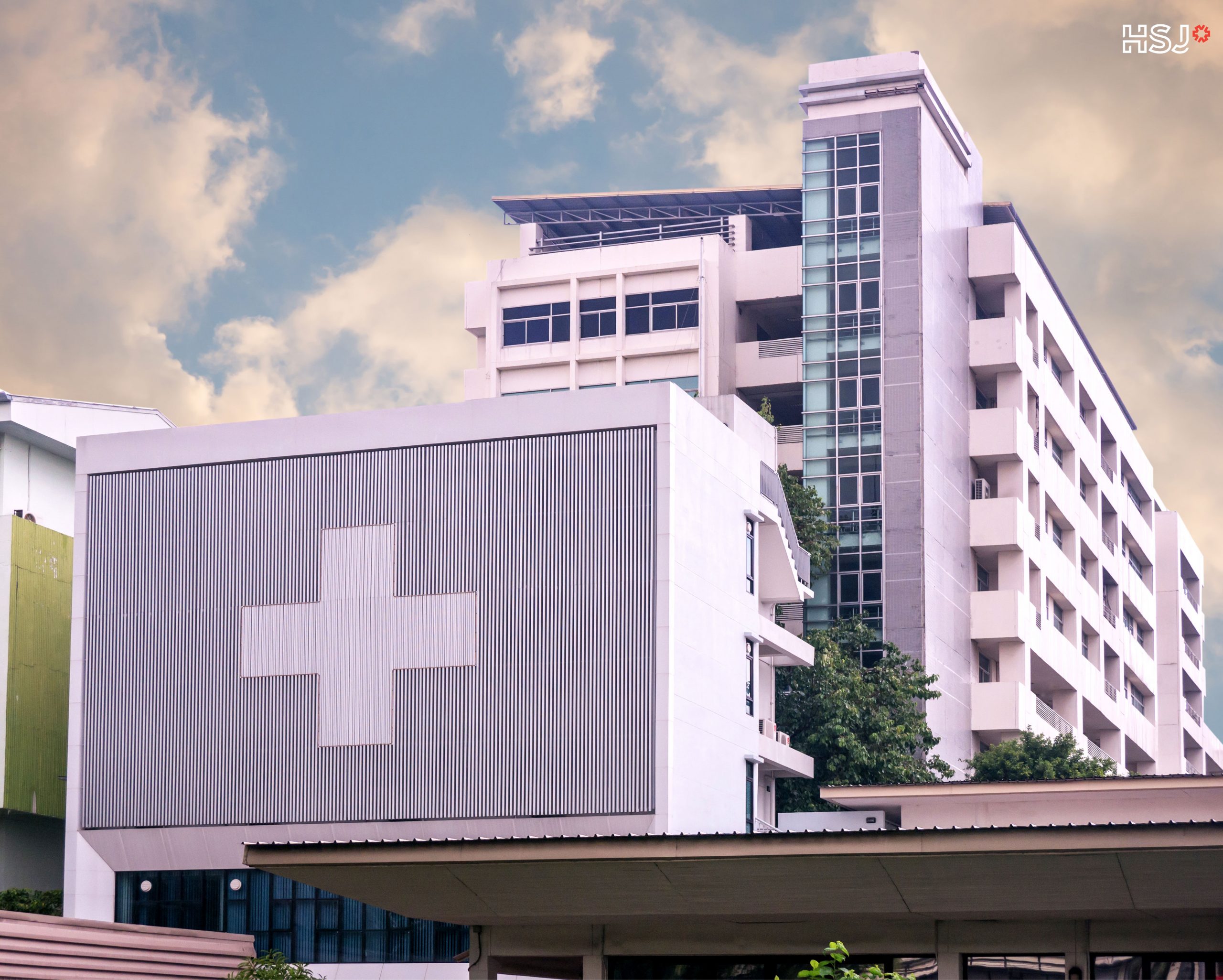“How do we make sure our hospital’s technology needs and integration dependencies are accounted for during our expansion?”
This is a common question healthcare IT, design, and construction leaders ask themselves when expanding their facility footprint. The answer is complex but busted budgets and operational nightmares can be avoided when systematic approaches to design, engineering, and construction administration are led by experienced healthcare technology specialists. The technology strategy on your expansion, addition, and renovation projects should be tailored to meet your hospital system’s specific project objectives, patient experience needs, and interoperability goals.
Common systems that require careful integration include nurse call, wireless access points, voice, access control, surveillance, distributed antenna (DAS), mass notification, duress, real-time location services (RTLS), patient entertainment, wireless personal communications, and medical equipment.
In the end, it’s about creating and executing a systems integration plan where there is never a drop in system performance, security, or quality of care.
HSJ has extensive experience integrating technologies into expanding hospitals including a large 192 bed expansion of the Alfred I. duPont Hospital for Children in Wilmington, DE.

Here are a few tips for when you are expanding your facility footprint.
Effectively Assess Existing Systems
- Are your existing systems compatible with any new systems being considered for the expansion?
- Do your your current systems support the latest best practices for clinical workflow, patient experience, and interoperability?
- How much support are you getting from your system’s manufacturer and how long will that support be available for things such as spare parts and firmware updates?
Use Pilot Programs to Gather Data
Many times, new systems are exciting when shown in sales presentations but are unreliable when deployed in real-life environments. Piloting these systems in your facility with integrations to your actual environment lets you find the breakpoints and address them before a full roll-out. Start with a small number of users in one area of an existing facility that will use the new system to gather data and provide feedback to IT. User groups will be able to help IT in finding issues and assist with optimizing workflows to their specifications.
Know When to Upgrade Your Existing Systems & Standards
The assessment discussed earlier factors in here. Don’t stick with an existing outdated system and force it into your new facility. This just compounds the cost and time it will take do an eventual upgrade in the future. Instead, identify systems that need upgrades to allow for optimal clinical operations within the new space. The earlier you can identify these systems, the easier it will be to ensure budget allocation and project timeline impacts are accounted for.
How System Transitioning and Continuity Can Work
The ultimate goal is for the new systems to connect to the old system or the new to replace the old. However, you need to ensure critical systems like nurse call do not experience any downtime.
You can do this one of two ways.
- Designing, installing, and commissioning the new system before the old system is decommissioned with all buildings adopting the new system at the same time.
- Updating the system in blocks. This can happen by floor or by patient room. A caveat to this is your hospital staff will be running on two systems in the same building.
Back to our original question from our hospital administrator. “How do we make sure our hospital’s technology needs and integration dependencies are accounted for during our expansion?” You can ensure your technology needs are met by engaging with a specialized healthcare technology consultant like HSJ. The best approach for your hospital will be different from the next, but with over 20 years experience and hundreds of high-profile projects completed, we are ready to be a strategic asset for your team. CONTACT US with your questions, and one of our healthcare experts will assess where you’re at and give you information on how we can help.





 © 2025 By H. Stephen Jones & Associates, Inc.
© 2025 By H. Stephen Jones & Associates, Inc.